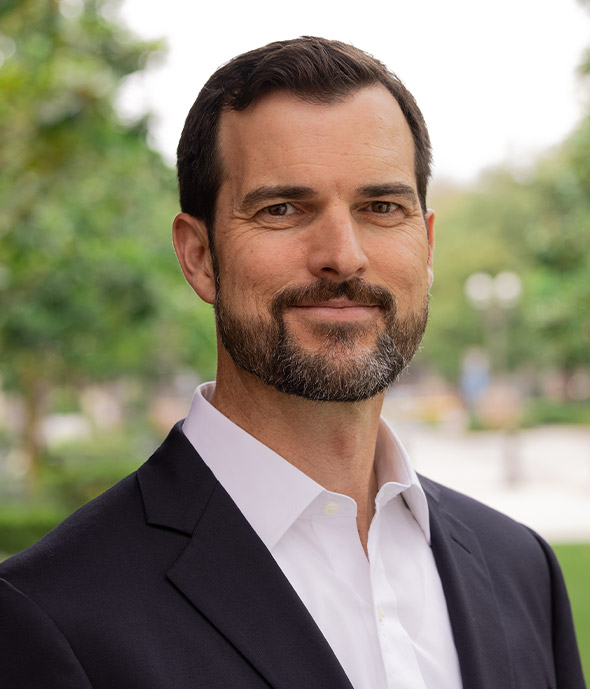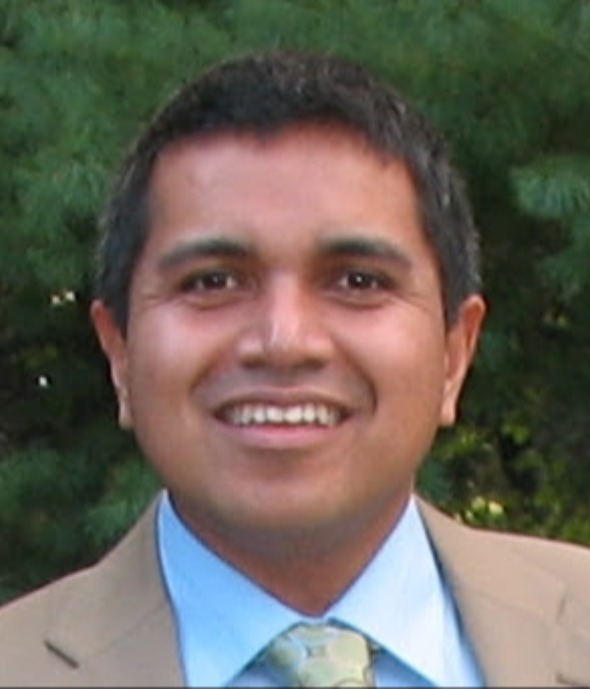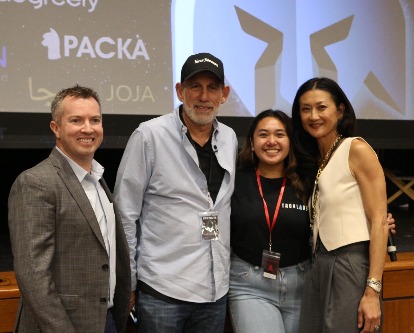If passed, the Prohibiting Social Media Manipulation Act would take effect in July 2025 to prevent unwanted experiences for Minnesota residents.
Fast is pleased the codes are having the desired policy implications they wanted.
“Our approach at the Neely Center is to create tools at the intersection of ethics and technology for leaders across all sectors in society,” Fast explained. “In the case of the design code, we are especially interested in improving government and company policies; so, the fact that policymakers and tech companies are beginning to use our design code tells us we’re on the right track.”
Iyer is slated to appear at various state hearings to advocate for the bill. Prior to the proposed legislation, his advocacy with Minnesota Attorney General Keith Ellison helped spur its introduction by collaborating on the state’s initial report on how to protect children from the harmful effects of technology.
Instead of the social media platform’s algorithmic ranking system dictating what content an individual receives in their feed — based on what they happen to engage with — the most effective safeguard is to optimize what the individual wants to engage with. Under this type of redesign suggested by the Neely Center’s recommendations and included in Minnesota’s legislation, the platforms would operate on the same level of engagement and therefore compete solely on value and quality.
Minnesota is just one example of the Neely Center’s advocacy among government entities looking for new legislative models for protecting children. The design codes have the potential to scale worldwide solutions.
Overseas, the Neely Center presented the design code to numerous people within the U.K. Government and the U.K.’s communications regulator (Ofcom), as they have been working on the new Online Safety Act. Ofcom also has a history of measuring user experiences online, similar to the NEELY CENTER INDICES, and there is much to be learned methodologically across both efforts. As Ofcom implements the Online Safety Act, Iyer will advise them on conceptual frameworks and empirical approaches to understand, measure, and improve outcomes for people in digital communications.
Two of the Neely Center’s partners also are having fruitful dialogues in Africa and South Asia about how the design codes can be integrated into government policies. BUILD UP has engaged with the Kenyan and Ghanaian governments, while SEARCH FOR COMMON GROUND recently organized a gathering in Sri Lanka of global civil society organizations working to combat TFGBV (Technology-Facilitated Gender-Based Violence).
These are powerful validations of the impact of the Neely Center’s work.
“It’s encouraging that we’re making a difference both nationally and internationally. I have a strong conviction that universities can and should contribute thought leadership that can benefit all,” Fast shared. “This is especially true with AI, as we are all affected by the tools we’re building, so the more we can create a global conversation that makes us all smarter, the better off we’ll be.”
Recently in Washington, D.C., Iyer gave an invited talk before the Federal Trade Commission about how upstream design could counter the disempowering effects of what the government agency identifies as “dark patterns” — tricks and traps that mislead consumers into making decisions they might not otherwise make if they had access to full information.
The Neely Center organized and convened the Design Solutions Summit 2024 at Search for Common Ground’s D.C. headquarters. The Summit gathered academics, technologists, civil society members, policymakers, and influencers who are focused on design solutions for improving online civic discourse. Efforts are heightened given the scale of GLOBAL ELECTIONS in 2024, in which at least 64 countries, representing nearly 49% of the people in the world, will head to the polls.
As the debate rages on over what is or isn’t considered free speech, government entities and digital leaders are searching for other ways to protect the online community — outlawing design choices that lead to negative and harmful outcomes are proving to work according to Fast.
“It's important to note that we’re testing the impact of design changes that are made over time. Through our Neely Ethics and Technology Indices, we are tracking user experiences of negative and positive content longitudinally, and we’ve already started to see the improvements that occur when individual companies make design changes.”







